Blockchain technology fusion, traceability of the entire process is not a false proposition
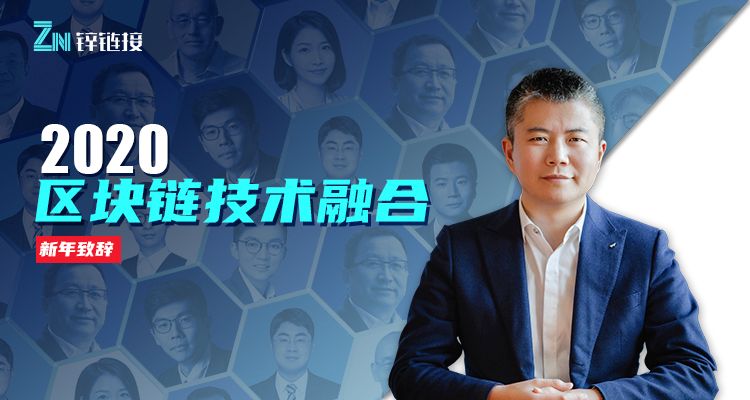
Text / Lu Chengye
Editor / Wang Qiao
This article first appeared on WeChat public account zinc link (ID: xinlianjie-), pay attention to the public account, and explore the value of the industrial blockchain with us. If you need to reprint the article, please apply for white list on WeChat.
- How much does Bitcoin rise in half? How will computing power and prices change? Take a look at the best reference indicators!
- Why does the world need anonymous cryptocurrencies?
- Learning | Blockchain Governance Design Framework: Prysm Wheel
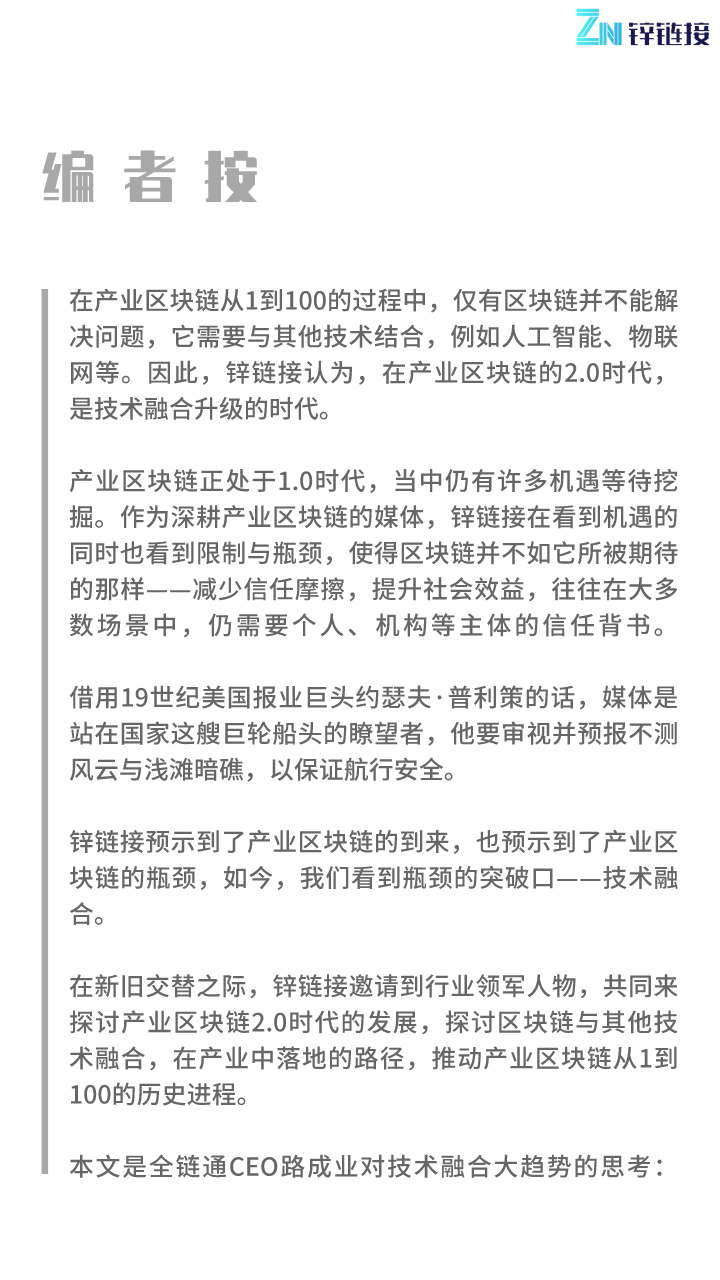
The central collective study emphasized the need to explore the application of "blockchain +" in the field of people's livelihood, and actively promote the use of blockchain technology in education, employment, retirement, precision poverty alleviation, medical health, commodity security, food safety, public welfare, social assistance, etc The application in the field will provide the public with smarter, more convenient and better public services. This is the first time that the central government has proposed an important strategic discussion of "blockchain +".
As we all know, from the perspective of technology, blockchain can be basically summarized as "one core, two ecology, three major areas, and four technologies."
One core is that information cannot be tampered with. Two ecologys: public chain and alliance chain (although there is actually a private chain ecology, but considering the essential difference between private chain and traditional centralized data storage, the industry's attention to private chain is relatively low and can be ignored ). Three major areas, namely: self-certification innocence, multi-party mutual trust, and digital assets. Four technologies, namely: distributed accounting, passwords, consensus mechanism, and smart contracts.
From a technical perspective, it is generally believed that more application scenarios of single blockchain technology are mainly concentrated in the field of asset quantification represented by virtual currencies and digital currencies. This category is also called the "currency circle".
The combination of blockchain technology and traditional industries is actually far from a problem that can be solved by a single blockchain technology. It is also a so-called "chain circle".
In my opinion, the greater market opportunities of blockchain in the field of industrial landing references will generally focus on the following areas:
1) The distributed, tamper-resistant, encryption, consensus, and smart contract technical attributes of the blockchain can solve the pain points of the industry in which information cannot be verified and assets cannot be confirmed in the traditional Internet era. This feature brings many market opportunities, such as applications in the fields of justice and copyright. 2) The de-intermediation property of the blockchain can greatly reduce the market opportunities brought by traditional commercial transaction costs, such as applications in e-commerce, house leasing and other fields. 3) The market opportunity brought by the natural expression of data digitization of the blockchain for the convenience of asset digitization, such as applications in digital assets, national sovereign digital currencies, etc. 4) Market opportunities brought by the deep integration of blockchain and traditional emerging technologies such as the Internet of Things, artificial intelligence, big data, such as applications in traceability and other fields.
In short, the application of future blockchains must not be the application of a single technology, it must be an application deeply integrated with traditional technology, and it must be an application that can solve the pain points of traditional industries.
Take source tracing as an example. There is a voice in the industry that questions the traceability as a false proposition and believes that the blockchain still cannot solve the problem of fakes. Let's go back to "One Center: Information can't be tampered with."
The so-called information needs to figure out where the information comes from first. The information here refers to the information on the Internet, so the blockchain is a technology on the Internet. Some people say that the blockchain is the next-generation Internet technology. Some people say that the blockchain has realized the subversion of the information Internet to the value Internet. Annotations can be found here. The so-called "non-tamperable" is not that it cannot be modified, but that the modification requires the consensus of all participants, and the modification record will leave traces.
From the essence of the blockchain, it can only ensure that the traces are not tamperable, but it cannot solve the authenticity of the original data. So source tracing means that the source of information can be accurately traced, but the authenticity of the source data cannot be solved by relying solely on the blockchain.
As mentioned above, the realization of traceability must be the result of the deep integration of blockchain with emerging technologies such as the Internet of Things and artificial intelligence. Use emerging technologies such as the Internet of Things and artificial intelligence to ensure the authenticity of the original data itself, and replace the "human trust" with "machine trust"; the blockchain can't be tampered with after the original data is stored on the chain, and is replaced by technology trust Relationship trust.
In order to solve the fundamental problem of traceability, we integrate blockchain technology with two-dimensional code, Internet of Things, Handle and other technologies to form a complete traceability system.
I. Blockchain + QR code traceability
"Blockchain + QR code traceability" system architecture:
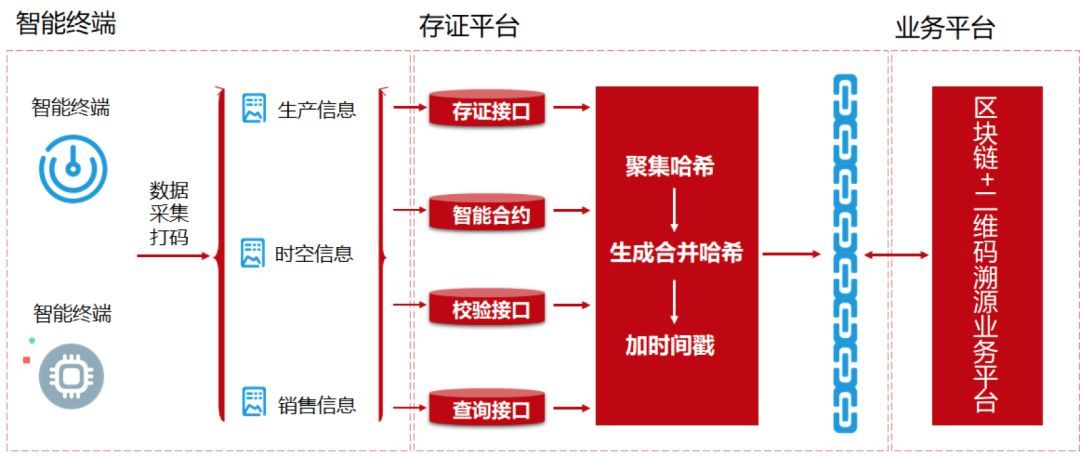
From the above technical architecture and system architecture, it can be seen that the traceability of "blockchain + two-dimensional code" is actually outside the blockchain, and we actually use mobile Internet technology.
"Blockchain + two-dimensional code traceability" platform production link is: through standardized data format collection, product information, location coordinates, dates, listed sales units and other information data on the chain to achieve information sharing; at the same time, relevant information is automatically synchronized to the country Relevant regulatory agencies. The sales link is: at the same time as the above operation, open the query interface, obtain the original production information of the product by scanning the code, and compare it with the original on-chain information to confirm whether there is imitation and counterfeiting of the product.
2.Blockchain + IoT traceability
"Blockchain + IoT traceability" system architecture:

For blockchain + IoT traceability, raw data is automatically obtained through IoT devices. Currently, mainstream IoT devices in the market are RFID, NB-Iot, Lora, etc.
During the planting / breeding process, the data of the planting / breeding process is obtained through technical means such as cow face recognition, video monitoring, and sensors, and it is automatically uploaded to the network through the Internet of Things device, and the certificate is stored on the chain.
During the processing process, process data is obtained through video surveillance and other technical means, and the platform uploads the certificate through the Internet.
In the logistics process, the original logistics data is obtained through technical means such as satellite positioning and video monitoring, and the data upload platform is used to store the certificate through the mobile Internet.
In the sales process, through the code scanning equipment, the full chain information of product production-processing-logistics-sales is traced and compared with the original on-chain information of the platform to confirm whether the data is fake and complete the information traceability of the entire product life cycle.
From an implementation perspective, the above process can still easily find loopholes, especially the process of linking production, processing, logistics, and sales.
How to ensure that the product is not dropped? On the one hand, we have on-chain certification of relevant dynamic data in each process of production-processing-logistics-sales. On the other hand, in the connection process of the above links, we can still ensure that the connection process is seamless through technical means such as video surveillance. Retrospective.
Objectively speaking, the traceability of the entire process of production-processing-logistics-sales is not in technology, but in cost , especially how the original production process with a long time period ensures the traceability of the entire process data. Automatic determination of green, organic, pollution-free and other conclusive labels through the traceback of the production process requires real-time video monitoring, massive data storage, and accurate data analysis. These are the difficulties that restrict the precise traceability of the original production process.
In the processing-logistics-sales link, the existing technical means have been able to trace the source of the entire process relatively perfectly, and the full chain link has also made relevant landing arrangements.
Blockchain + Handle traceability
"Blockchain + Handle traceability" system architecture:
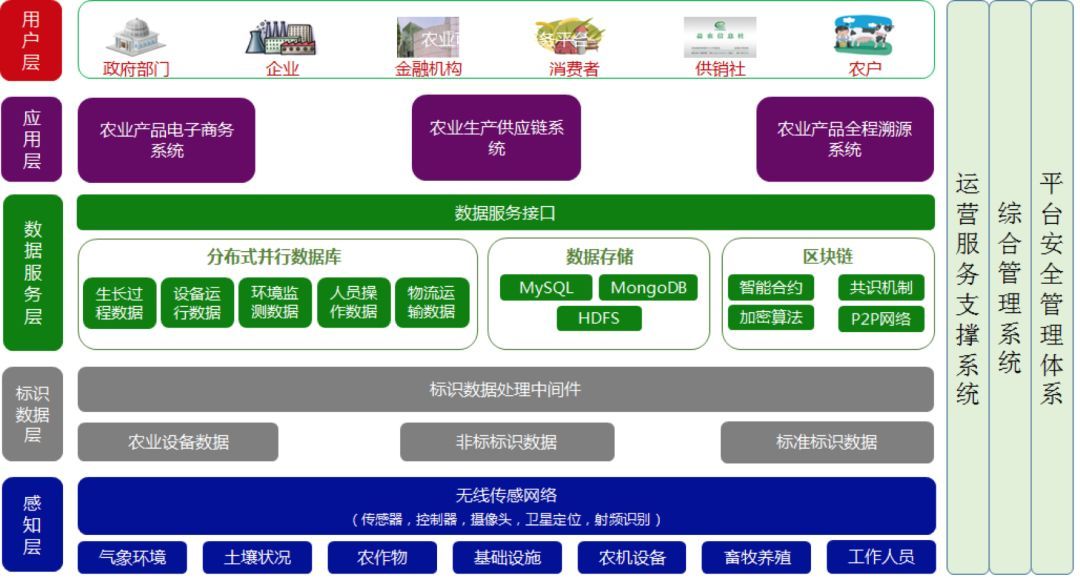
The Handle system was invented in 1994 by Dr. Robert Kahn, the founder of the Internet, the winner of the Turing Award, the co-inventor of the TCP / IP protocol, and the "Father of the Internet". , The technical system of identity registration, analysis, and management aimed at achieving the interconnection of information systems.
China has built the Handle Global Top Root Node (MPA), which has autonomy over the operation and service of its own Handle system, and can radiate to the Asia-Pacific region and even the world. It can ensure the security, controllability and management of the resources, and the right to technology research and development and standardization. Advantage. Handle is one of the key common technologies in the next generation Internet.
As an identification resolution system, it can be in line with international standards and can be controlled independently. It is compatible with IPv6, DNS domain names, and other identification systems. The comprehensive capabilities of Handle encoding, analysis, information management, and information security can effectively support the development of industrial-industrial Internet, industrial cloud, industrial big data, industrial e-commerce and other data-driven system solutions. It is of great significance to deepen integration with informationization and deepen the integration of manufacturing and the Internet.
Since 2012, the National Industrial Security Development Research Center is responsible for setting up Handle's China operation management platform. In China, the global parallel root node MPA of the Handle system has been set up to run global root services, which mainly promotes the management and operation of code systems in China and the Asia-Pacific region. Promotion and application.
At present, it has been successfully applied to industrial applications such as the Ministry of Industry and Information Technology's "Food Quality and Safety Information Traceability System Pilot Project" (infant formula, powdered salt), "Smart Supply Chain Pilot Project", and the Drug Traceability Management Committee to support traceability public service platforms As of February 2017, the number of registered logos has exceeded 700 million, and has been successfully applied to the National Development and Reform Commission's “National Internet of Things Logo Management Public Service Platform”, which has become one of the three major logos promoted by the national logo industrialization platform.
Based on the "blockchain + handle" technology, record the geographic location information, product quality inspection information, and personnel information through the blockchain to establish brand source product integrity data. Relying on the Internet of Things (IoT), combining traditional two-dimensional code, RFID and various sensor technologies, it collects food production, circulation, and characteristic information, and combines dynamic time stamping, multi-level nesting, and joint verification.
It adopts food packaging and transportation anti-counterfeiting technology data, integrates the data into the chain, and provides anti-counterfeiting and integrity behavior data of warehousing and logistics. Through the on-chain integrity data, it provides the basis for users to identify food quality integrity data, helps honest enterprises push brand value, and provides low-cost means for industry supervision.
The product can perform both handle and hash verification. Consumer and regulatory authorities can verify the authenticity of the product by verifying the unique handle code and the corresponding hash value.
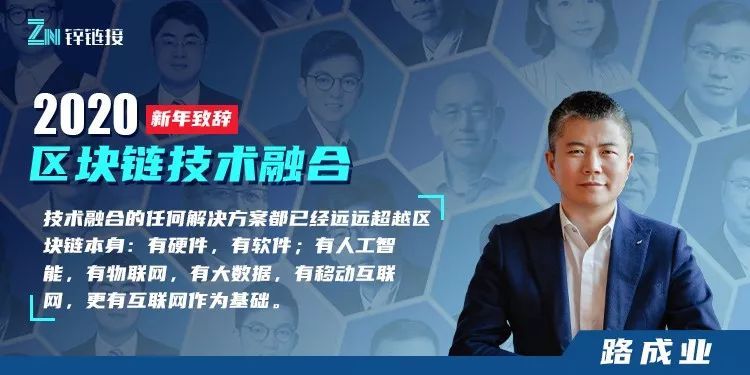
To sum up, whether it is "blockchain + QR code traceability", "blockchain + IoT traceability", or "blockchain + Handle traceability", any solution has gone far beyond the zone Blockchain technology itself. There are hardware and software in the solution; artificial intelligence, Internet of Things, big data, mobile Internet, and the Internet as the foundation.
Going back to the beginning of the article about the "one core of the blockchain: information cannot be tampered with", traditional technology solves the problem of how to ensure the authenticity of the original information itself, and what the blockchain solves is that the original data passes the blockchain Can not be arbitrarily tampered after storage. The combination and fusion of traditional technology and blockchain technology can effectively solve the problem that the whole process of traditional planting, breeding, and other commodity production, processing, transportation, and sales cannot be counterfeited.
From the perspective of demand-driven markets and market-driven technologies, China has been at the forefront of the world in the field of blockchain industry landing. In particular, with the help of Dongfeng's 1024 important speech, we have reasons to believe that for a long time to come, blockchain will still be the focus and focus of domestic governments, enterprises, and capital.
But we should also clearly see: Looking at the world, both the technology itself and the industrial landing are still in a relatively basic stage. Globally, in addition to the virtual currency market that is not recognized by sovereign countries, it is still difficult to find the exact point of outbreak in other blockchain industry fields. The continuous and in-depth development of the blockchain industry still needs the common development of all parties in the society. Push and work.
Don't overestimate the blockchain today, don't underestimate the blockchain tomorrow. The future has come, wait and see.
We will continue to update Blocking; if you have any questions or suggestions, please contact us!
Was this article helpful?
93 out of 132 found this helpful
Related articles
- India releases draft national blockchain strategy, recommends RBI to issue digital rupee
- An overview of the development of 18 government-led blockchain industry parks in China
- Assistance to Hubei: Summary of donations from new financial companies on January 28
- IBM issues patents related to tokens to record offline transactions
- Green BTC Theory: The Link Between BTC, Power Consumption, and Green Energy
- BitMEX study says Bitcoin remains "fantasy" as unit of account
- Libra Association Vice Chairman: Libra is building a governance model that disrupts the payment industry. Three tasks need to be completed before launch





